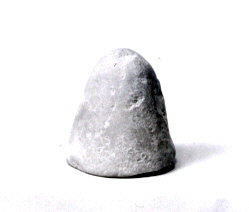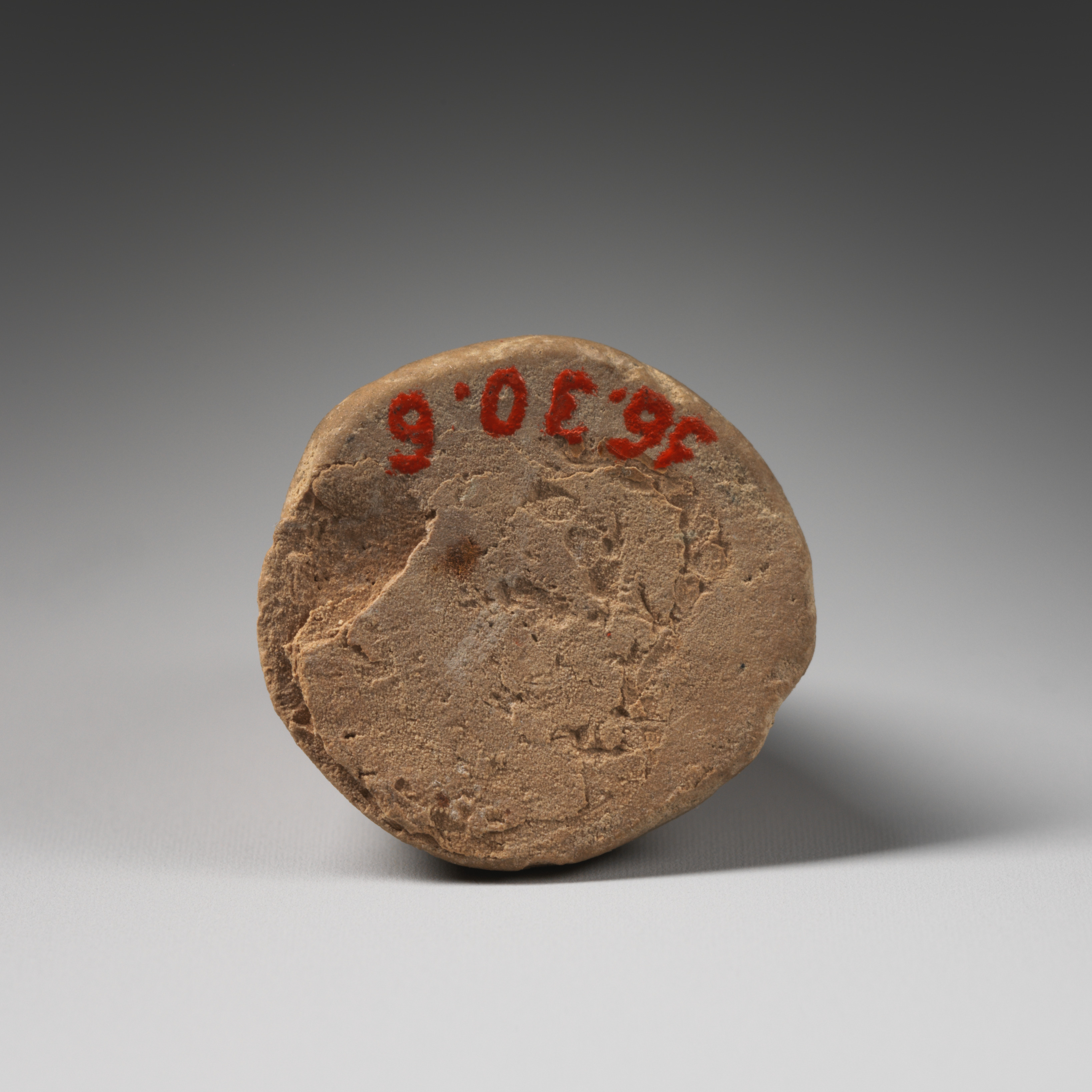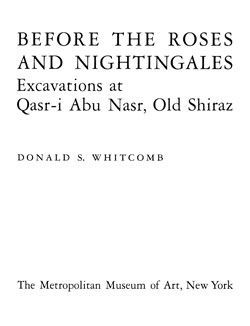Chessman
Not on view
Objects such as this one can present problems of interpretation when they are not preserved as part of a set. This conical ceramic token is identified as a chessman, but it could just as well be a backgammon piece, or some sort of token not related to board games at all. Chess, whose origin is traditionally attributed to India, and backgammon are both attested in Iran by the late Sasanian period.
The small town and fortress of Qasr-i Abu Nasr is located near Shiraz in southern Iran at a strategic point at the intersection of defensive mountains, available water sources, and along roads entering the Shiraz plain. The site was excavated by archaeologists from The Metropolitan Museum of Art for three seasons from 1932-1935. The town was occupied, at least intermittently, from the Parthian period (3rd century B.C.–3rd century A.D.) to the Muzaffarid period (13th-14th century A.D.). The major occupation, including the extensive fortress, dates to the Late Sasanian period (6th-7th century A.D.).
Due to rights restrictions, this image cannot be enlarged, viewed at full screen, or downloaded.
This artwork is meant to be viewed from right to left. Scroll left to view more.





